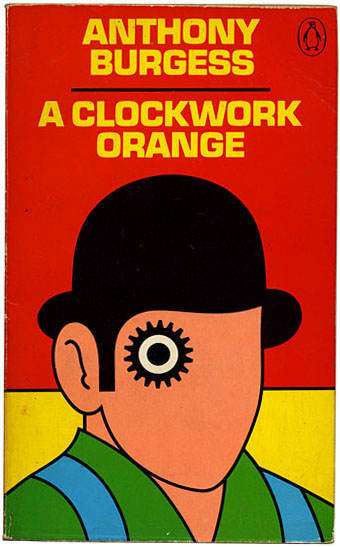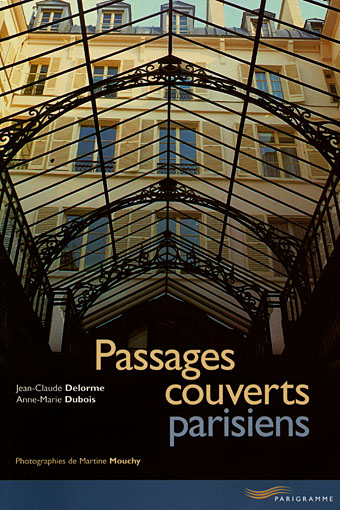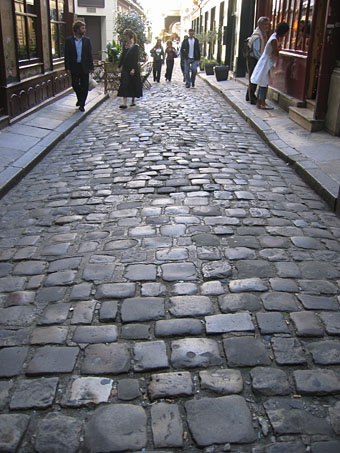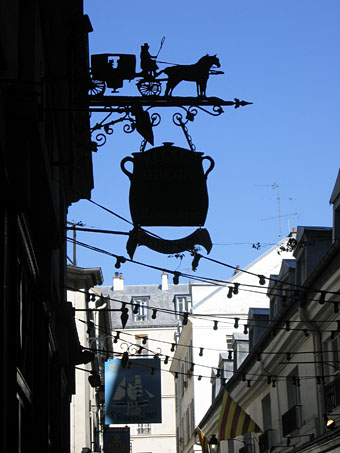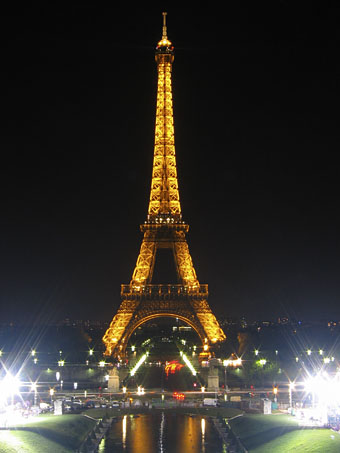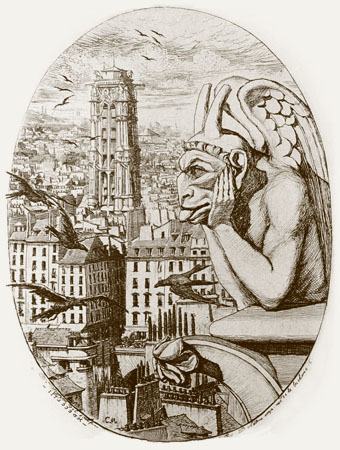
From ‘Music’s secret weapons‘ in today’s Guardian. Musicians pick “their special album: the one nobody else has heard of, the one to bring out when you want to amaze people” and trot out a host of uninspiring choices, most of which are hardly albums that no one has heard of. Tells you a lot about today’s current crop of musos. Anyway, Jake came to the rescue and he didn’t go for the obvious VDP pick of Discover America either. If you want to discover more about the brilliant Van Dyke Parks, visit his site.
Jake Shears
(No 1 in the albums and singles charts with Scissor Sisters)
Van Dyke Parks – Jump! (1984)
It’s his concept album inspired by the Uncle Remus tales from Song of the South. He’s a genius arranger, producer, singer, songwriter. He also worked on Brian Wilson’s Smile. Jump! is a truly timeless record. It came out in 1984 but sounds like it could have been made yesterday or 80 years ago.
Previously on { feuilleton }
• They are Scissor Sisters and so are you

